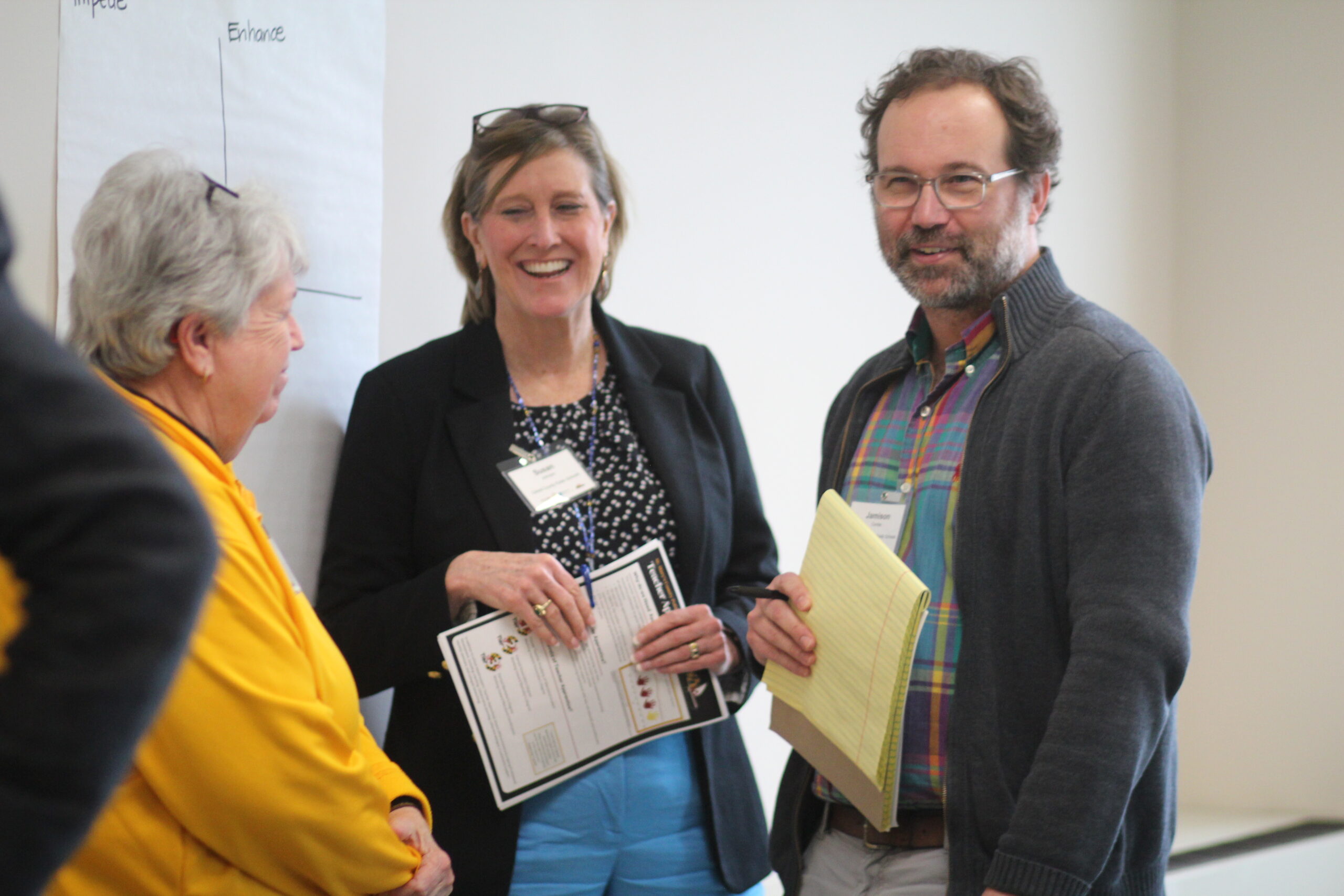By David Loewenberg
In the Netherlands, a country with a population about the size of the state of New York, the lines between public and private schools are blurred—all schools, be they public or private, religiously-affiliated or secular, are funded equally by the government. As a result, children receive a free, government-funded education no matter what type of school their parent or guardian chooses for them. In fact, nearly two-thirds of Dutch elementary school children attend a privately-run school, most of which are religiously-affiliated.
With the Dutch consistently scoring above the OECD average on international assessments—and among the best in Europe with respect to mathematics—supporters of school choice might be quick to point to this country as an example of how choice can improve educational outcomes. While choice is certainly a central component of the Dutch system, accounting for its educational success requires looking far beyond a single policy or approach. Indeed, like nearly all top-performing countries, the Netherlands’ success can be attributed to the country’s commitment to building a coherent system—one that supports children and families from a very young age, allocates extra resources for disadvantaged students, continually strives to improve the quality of its teachers, maintains a system of school accountability, and includes a robust system of career and technical education.
The Netherlands, for example, provides free universal pre-K for all four-year-olds and boasts one of the highest rates of three-year-olds participating in early childhood education among OECD countries. Whereas in the United States, kindergarten is typically the first year of elementary school, in the Netherlands, pre-K is integrated into the primary school. This means that while compulsory education does not begin until age five, the vast majority of children not only attend pre-K at age four, but do so at the school that they will attend for the next several years.
Also key to the success of the Dutch system is a school funding mechanism which, while funding both public and private schools equally, allocates additional resources to disadvantaged students. In keeping with the Netherlands’ strong commitment to educational freedom, public and private schools receive a lump sum of funding based on the size of their enrollment and are mostly free to spend it as best they see fit—schools maintain significant control over personnel decisions, resource allocation, and lesson design. But in addition to this lump sum, the Dutch government funnels targeted funds to schools based on the number of disadvantaged students enrolled, determined by the education level of students’ parents. In effect, students whose parents have very low levels of educational attainment receive more than double the base student funding level. This “weighted” funding system is an important tool seen across high-performing systems and has been vital to the Netherland’s efforts to narrow achievement gaps as schools with many disadvantaged students are able to invest in additional staff and resources.
While individual schools, both public and private, enjoy a high degree of autonomy, the central government has a number of levers at its disposal to monitor school quality and hold schools accountable. All schools, for example, are guided by national standards which broadly define what students should know and be able to do by the end of grades four, eight, and ten, and students take national examinations at the end of primary, lower secondary and upper secondary. The Dutch Inspectorate of Education, the body responsible for school oversight, uses the results on these exams as one factor in its “risk analysis” of a school. If a school is judged to be at “high risk”, it is subject to further investigation by inspectors. Schools that do not perform well are given time to improve but, if they do not improve, they can be shut down.
Additionally, the Dutch government maintains substantial control over the process of preparing and supporting both public and private school teachers. The central government sets national licensing requirements and national payscales for teachers. All schools that receive government funding must ensure their teachers meet these requirements and must follow the national payscale.
And like many top-performing education systems, the Netherlands boasts a robust vocational education and training system, ensuring that even students who do not plan to pursue higher education leave school with highly-valued skills. In fact, more than half of Dutch students attend a vocational school—a route that has strong labor market outcomes and that many credit for the country’s low levels of youth unemployment.
The Dutch face unique and real challenges as the decentralized structure of their system and its emphasis on choice create tradeoffs with respect to education access. Indeed, the Netherlands had the most between school variation in student performance of any OECD jurisdiction in the 2015 administration of PISA. And there are significant disparities between immigrant and non-immigrant students, though that gap has been narrowing in recent years.
For more on the Dutch system and current efforts to maintain its place near the top of the international ranks, be sure to read Marc Tucker’s blog about his conversation with Sander Dekker, the Netherlands’ State Secretary for Education, Culture and Science.




